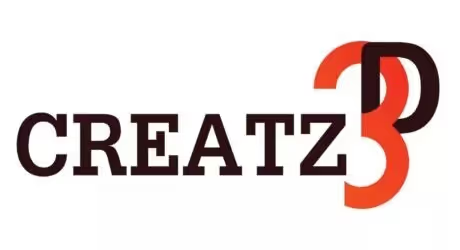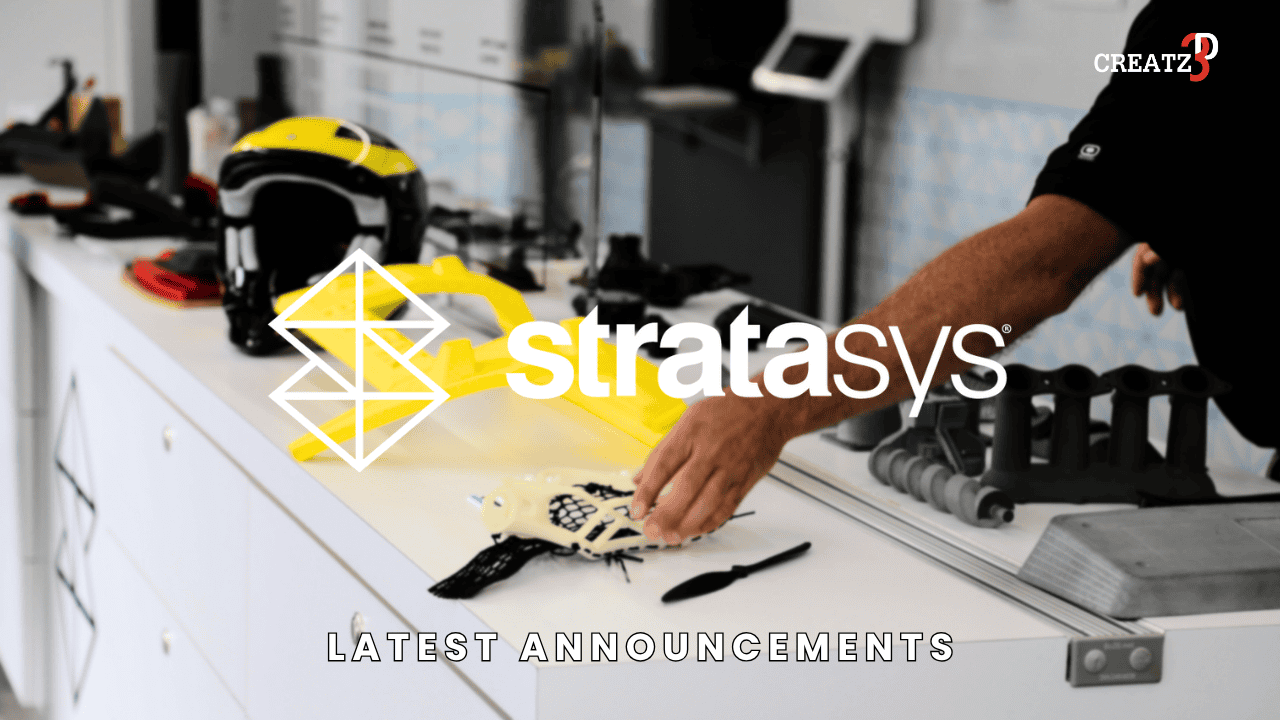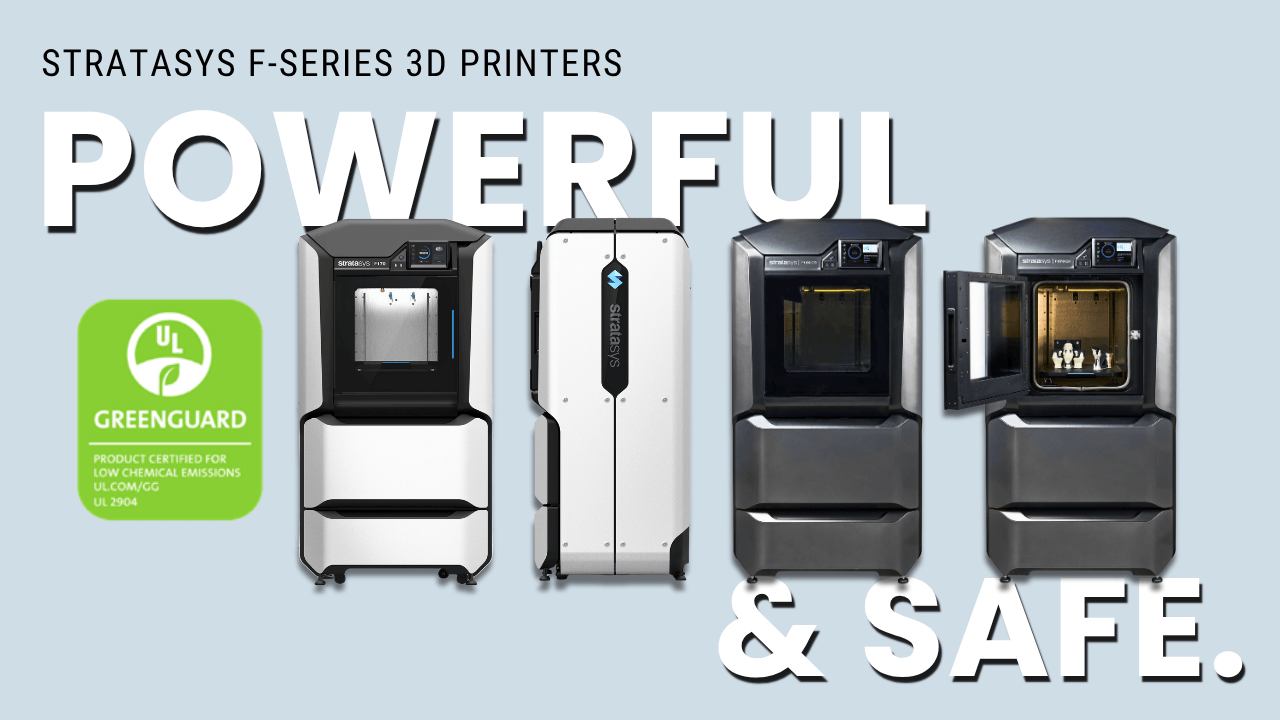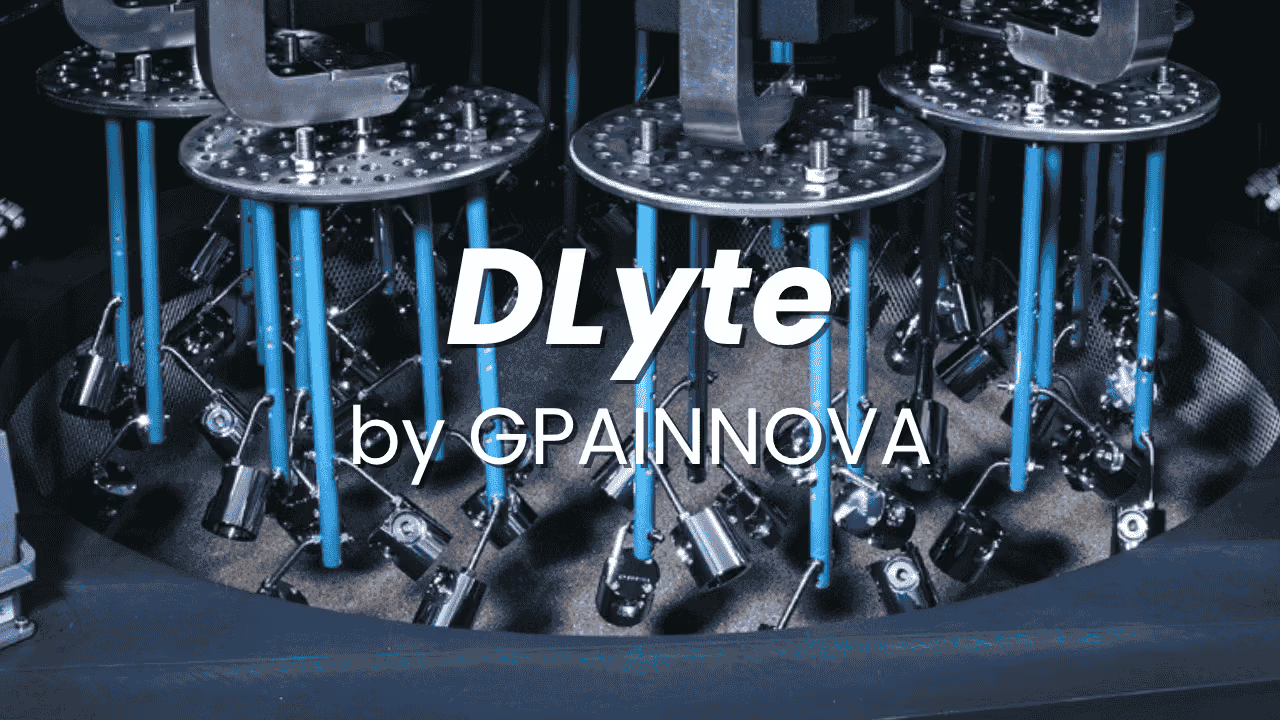Concept Modelling vs Functional Prototyping in 3D Printing
3D printing technology has helped many businesses improve workflows and reduce potential errors, enabling the production of better and more cost-effective components. However, confusion often arises around the purpose of 3D printed models, particularly in the areas of Concept Modelling and Functional Prototyping.
Both applications share the same goal: turning ideas into tangible forms to facilitate communication and feedback. Yet, there are subtle differences in their usage and the value they bring to businesses. Let’s look at the distinctions.
Concept Modelling
Concept models help designers, engineers, and business owners visualize future products in tangible form. With 3D printing, these can now be created in-house, eliminating the need for bulky tooling or outsourcing, which reduces cost, lead time, and the risk of information leaks.
Physical models reveal design flaws not visible in 2D CAD, while ergonomic studies can be conducted with focus groups before costly mass production. Marketing teams also benefit by showcasing realistic models early, generating demand before production begins.
Functional Prototyping
Functional prototypes go beyond concept models by providing quantitative performance feedback. For example, an aircraft’s aerodynamics can be tested with a scaled-down 3D printed prototype in a wind tunnel, uncovering issues not seen in simulation software.
With Stratasys PolyJet technology, prototypes can demonstrate living hinges, friction behavior, or even serve as tools and surrogate parts in production. Stratasys’ “digital ABS” material enables short-run production of injection-molded samples for customer approval.
Surrogate parts also ensure continuity in assembly processes by temporarily replacing unavailable components, preventing costly production delays.
Conclusion
While concept models and functional prototypes serve different roles, their shared purpose is to deliver feedback — qualitative or quantitative — during product development. When integrated effectively, 3D printed models streamline workflows and reduce the cost and time required to bring new products to market.
For more information on how 3D printing impacts the global supply chain, visit www.creatz3d.com.sg. Alternatively, contact us at info@creatz3d.com or +65 6631 8555.






